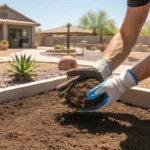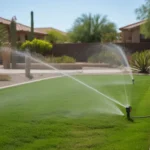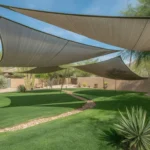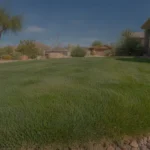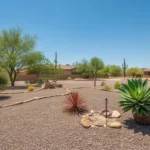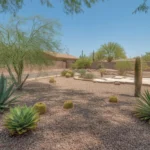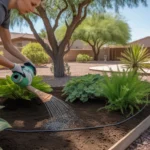As we transition from the balmy days of spring to the scorching heat of summer, it’s vital for Gilbert homeowners to adapt their lawn care routine. June is a crucial month for your yard; it’s the time to lay the groundwork that’ll ensure a healthy, lush lawn that can withstand the summer onslaught. As a local irrigation expert based in Queen Creek, I’ve put together this comprehensive June lawn checklist for Gilbert homeowners that’ll help you look after your green oasis.
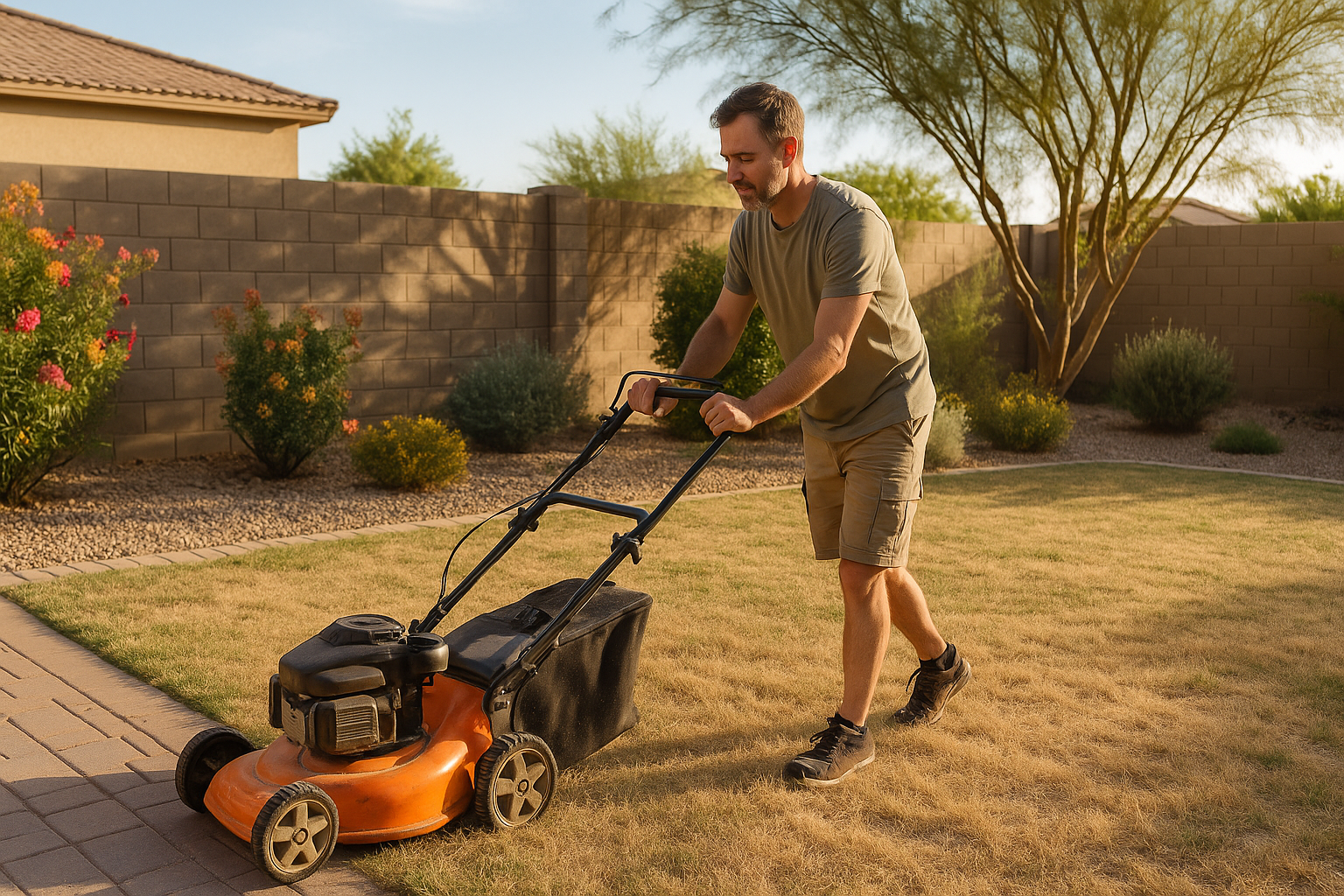
Watering Wisely
June in Gilbert means one thing: heat. And lots of it. When the mercury rises, your lawn’s watering needs increase too. The key is to water deeply and infrequently. This approach encourages your grass to develop deep roots, making it more drought-resistant. Aim to water your lawn once every two to three days, giving it about an inch of water each time. The best time to water is early in the morning, as it helps reduce water loss due to evaporation.
Don’t forget to account for rainfall in your watering schedule. Although rain is scarce in Gilbert in June, any amount of rain can significantly reduce your lawn’s watering needs. If you have a sprinkler system, consider installing a rain sensor to prevent unnecessary watering. “A rain sensor is a great investment for any Gilbert homeowner,” advises a local contractor. “Not only does it help conserve water, but it also saves you money on your water bill.”
Proper Mowing Practices
When it comes to mowing your lawn in June, the rule of thumb is to cut your grass high. Taller grass shades the soil, reducing water evaporation and suppressing weed growth. Aim to keep your grass at a height of about three inches. Remember to keep your mower blades sharp. Dull blades can tear the grass, causing it to lose more water and making it more susceptible to diseases.
Another mowing best practice is to leave the clippings on the lawn. These clippings decompose quickly, returning valuable nutrients back to the soil. This natural recycling process can reduce your lawn’s fertilizer needs by as much as 25%.
Spotting and Treating Lawn Diseases
In the hot, humid conditions of a Gilbert June, lawn diseases can thrive. It’s essential to regularly inspect your lawn for signs of fungal diseases like brown patch and dollar spot. These diseases manifest as discolored patches on your lawn and can quickly spread if left untreated.
If you spot these symptoms, act quickly. Fungicides can be effective in treating these diseases, but they work best when applied at the earliest stages of the disease. “Early detection is the key to effectively managing lawn diseases,” says a local contractor. “The sooner you spot the signs and take action, the better your chances of saving your lawn.”
Fertilizing for Success
June is a good time to give your lawn a boost with a slow-release fertilizer. This type of fertilizer releases nutrients slowly, providing your lawn with a steady supply of nutrients throughout the hot summer months. Choose a fertilizer with a high percentage of nitrogen, as this nutrient is crucial for promoting lush, green growth.
When applying fertilizer, be sure to follow the manufacturer’s instructions closely. Over-fertilizing can harm your lawn and the environment. It’s also a good idea to water your lawn thoroughly after fertilizing to help the nutrients penetrate the soil and reach the grass roots.
Keeping Weeds at Bay
As the temperature rises in June, so does the growth of weeds. To keep your lawn weed-free, consider applying a pre-emergent herbicide early in the month. This type of herbicide prevents weed seeds from germinating, keeping your lawn clear of unwanted invaders.
For any existing weeds, a post-emergent herbicide can be effective. Remember, the best defense against weeds is a healthy, well-maintained lawn. Regular mowing, proper watering, and timely fertilization all contribute to a strong lawn that can outcompete weeds.
Preparing for Pests
June is also the time when lawn pests like grubs and chinch bugs start to become active. Regularly inspect your lawn for signs of these pests. Symptoms include brown, patchy areas and grass that easily pulls up because the pests have damaged the roots.
If you see signs of pests, you may need to apply a pesticide. As with fertilizers and herbicides, be sure to follow the manufacturer’s instructions closely when using pesticides. And remember, the best defense against pests is a healthy, well-maintained lawn.
June in Gilbert is a busy time for lawn care. But with this checklist in hand, you’re well-equipped to keep your lawn in peak condition. Remember, the time and effort you put into your lawn now will pay off in spades when you’re enjoying your lush, green oasis in the heat of the summer.



